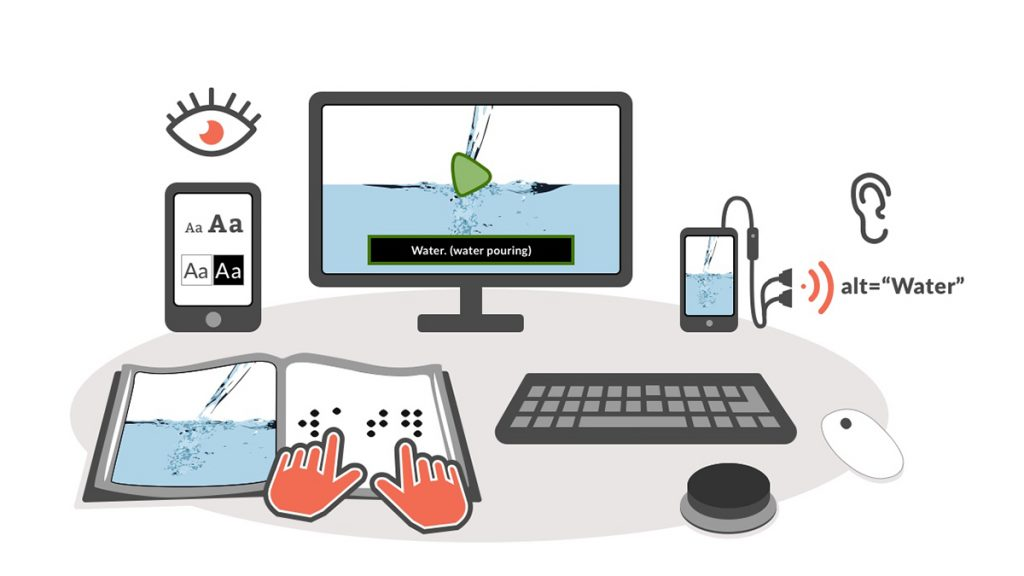DATE : 22 DEC, 2024
HIMARI JONSON
Trade schools[1], also known as vocational or technical institutes, offer valuable education for students interested in pursuing practical careers in skilled trades. In India, these schools focus on hands-on learning, preparing individuals for jobs in fields like construction, automotive, healthcare[2], and more. However, the financial challenges of attending a trade school can be daunting, particularly for students from low-income backgrounds. High-risk financial[3] aid is a potential solution to alleviate these challenges, though it comes with its own set of risks and rewards.
What is High-Risk Financial Aid?
High-risk financial aid refers to funding options that are offered to students who may have a lower likelihood of completing their education or securing high-paying employment post-graduation[4]. These loans or grants often carry higher interest rates, stricter repayment terms, or require collateral. Despite the risks involved for lenders or institutions, high-risk financial aid programs aim to give students an opportunity to pursue education and skill development, which might otherwise be inaccessible due to financial constraints.

In the context of trade schools, high-risk financial aid can come in various forms, including:
- Student Loans: Loans provided by banks, financial institutions, or government-backed schemes that have flexible terms but might involve higher rates for individuals with poor credit history or uncertain job prospects.
- Grants and Scholarships: These are often aimed at economically disadvantaged students, though eligibility requirements may demand a higher level of risk assessment[5].
- Income-Share Agreements (ISAs): A relatively newer model, where students agree to pay a percentage of their future income for a set number of years after completing their studies.
Financial Aid Challenges in India’s Trade Schools
India’s trade schools, especially those in rural or economically backward regions, often face limited access to financial aid resources. This creates significant barriers to education for students who need financial support to enroll in vocational courses. Several challenges contribute to this issue:
- Lack of Government Support: While there are some financial aid schemes available, they are not sufficient to meet the demand, especially for high-risk students who may not have access to traditional banking services.
- Inadequate Credit History: Many students in India, particularly those from rural areas, do not have a formal credit history, making it difficult for them to qualify for conventional loans.
- Limited Awareness: Many students and their families are unaware of the available financial aid options, leaving them to face the financial burden on their own.
- Private Institutions: Many private trade schools charge high fees, further limiting access to financial aid, and making it hard for financial aid schemes available students .
The Importance of High-Risk Financial Aid
Despite the challenges, high-risk financial aid can play a transformative role in opening up educational opportunities for students. Here’s why it is crucial for India’s trade schools:

Accessibility to Education
High-risk financial aid offers an opportunity for students from low-income backgrounds to access trade school education. This is particularly important for students who are unable to afford the full cost of tuition but have the potential to succeed in their chosen trade.
Skills Development
Trade schools provide specialized training in various skilled professions. By making these schools financially accessible through high-risk aid students gain the skills they need to contribute to industries that are essential to India’s economy. These include sectors like healthcare, construction, automotive, and information technology.
Promoting Economic Mobility
Access to vocational education enables students to improve their employability and earn higher wages. This can be a powerful tool for breaking the cycle of poverty, especially when students are able to secure jobs in sectors that offer good growth prospects.
Strengthening the Workforce
India’s economy is increasingly relying on skilled labor. Offering high-risk financial aid helps to create a skilled workforce that can meet the demands of both domestic and international markets.
Key Types of High-Risk Financial Aid for Trade Schools
Several financial aid models can be implemented for trade schools in India to address the needs of high-risk students. These options include:
Government Schemes
The Indian government offers various schemes for vocational training, although the reach and implementation can sometimes be limited. Examples include:
- Pradhan Mantri Kaushal Vikas Yojana (PMKVY): This initiative provides financial support for skill development programs across the country, targeting youth from marginalized communities.
- National Skill Development Corporation (NSDC): The NSDC provides funding for trade schools that offer specific skill-based training, especially in underserved areas.
Income-Share Agreements (ISAs)
An ISA model allows students to take on minimal or no upfront costs for their education and agree to pay a fixed percentage of their income once they start working. This model reduces the financial burden on students and ties repayment to their future earning potential. Some trade schools in India are adopting this model as a way to attract students from economically disadvantaged backgrounds.
Microfinance Loans
Microfinance institutions can provide small loans to students who wish to attend trade schools but lack the necessary capital. These loans typically have lower interest rates compared to traditional bank loans, making them more accessible to individuals without a credit history.
Private Scholarships and Grants

Several private organizations and corporations offer scholarships and grants for vocational training. These funds are typically awarded to students based on merit or financial need. While these options are competitive, they can provide vital financial support for high-risk students.
Challenges of High-Risk Financial Aid
While high-risk financial aid can open doors for many students, it also has its downsides. Some challenges include:
- Repayment Pressure: Students who take out loans may face financial strain after graduation if they are unable to secure high-paying jobs right away.
- Interest Rates: High-interest rates on loans can discourage students from pursuing trade school education or make it harder for them to pay back the borrowed amount.
- Default Risk: Financial institutions or organizations offering high-risk aid may face the risk of loan defaults, especially if students do not secure employment in their chosen field.
Conclusion
High-risk financial aid for trade schools in India is an essential tool for increasing access to vocational education. It offers a pathway for students from low-income backgrounds to gain valuable skills and improve their economic prospects. H
owever, careful consideration is needed to address the associated risks, including high interest rates and repayment difficulties.
FAQ
“high-risk” financial aid for trade schools in India.
“High-risk” financial aid refers to financial assistance provided to students who are at higher risk of not completing their education due to financial constraints. These students may come from economically weaker sections (EWS).
programs for women or marginalized communities.
Yes, many financial aid programs in India focus on supporting women, SC/ST students, and other marginalized communities. schemes like the Indira Gandhi Scholarship for Women, Dr. Ambedkar Scholarship.
face issues during the financial aid application process.
If you face issues, contact the relevant authorities or helpline numbers provided by the scheme or institution. For government schemes, you can reach out to the respective department’s support service.
loans available for trade school students in India.
Yes, students can apply for educational loans from various banks. These loans may cover course fees, exam fees, and even living expenses, depending on the lender. Some government schemes provide subsidized interest rates for students from underprivileged backgrounds.
complete my trade course.
Some financial aid programs have a clause stating that if a student drops out or fails to complete their training, they may have to repay the financial aid received.

